

Tectonic / Volcanic
Alaska is tectonically active, with the Pacific plate being subducted under
the Alaska Peninsula and Aleutian Islands. Much of Alaska is composed of
accreted terrane, meaning it became part of Alaska as slithers of the Pacific
plate were sheered off by tectonic forces. The largest earthquake recorded
in North America (revised magnitude 9.2) was the 1964 Alaska quake (March 27),
with 80 times the energy of the 1906 San Francisco quake. In 2002 (November
3), the Denali Fault quake (magnitude 7.9) occurred in the Alaska Range.
Alaska is volcanically active, with over 80 potentially active volcanoes,
half of which have erupted in recorded history. Anchorage was covered by
several inches of ash from Mt Spurr in 1992. The most violent volcanic
eruption ever recorded was in 1912 (June), when the Nova Rupta vent of Mt
Katmai dumped 2.5 cubic miles (10 cubic kilometers) of ash into the Valley of
Ten Thousand Smokes. In early 2006, Mt Augustine spewed ash again.
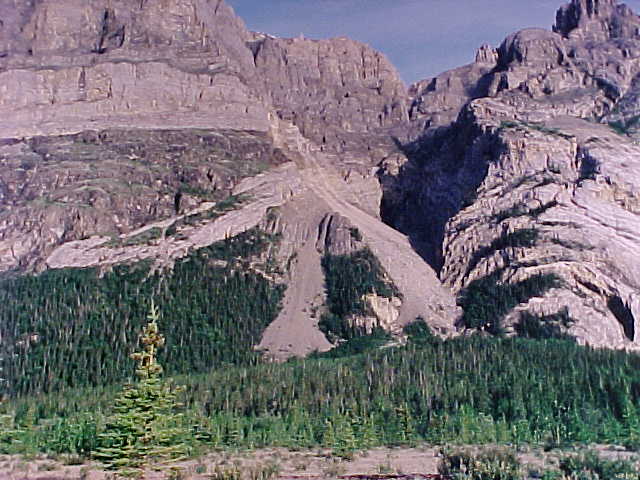
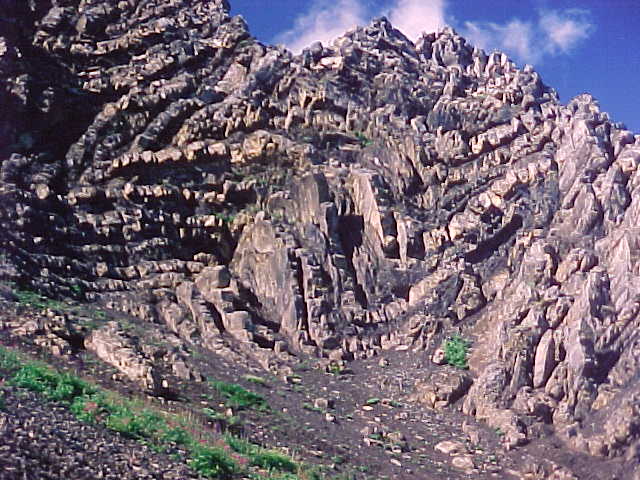
| folded greenstone contact (Wrangells) |
| folded limestone & shale (Wrangells) |
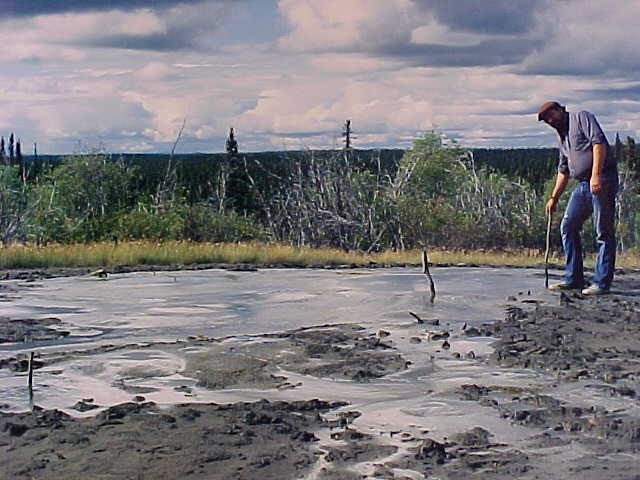
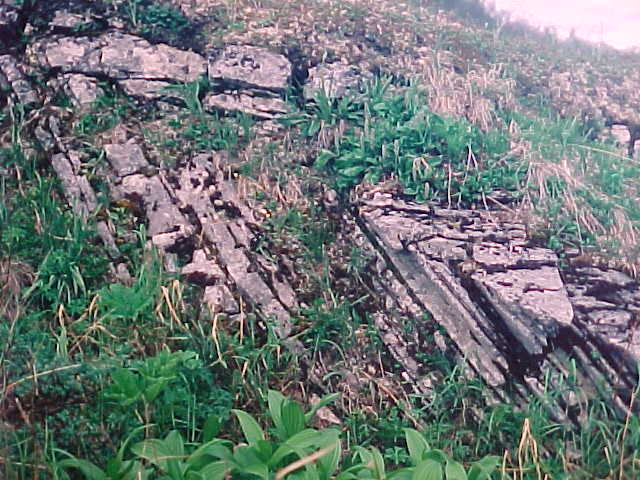
| acute folding (Lime Hills) |
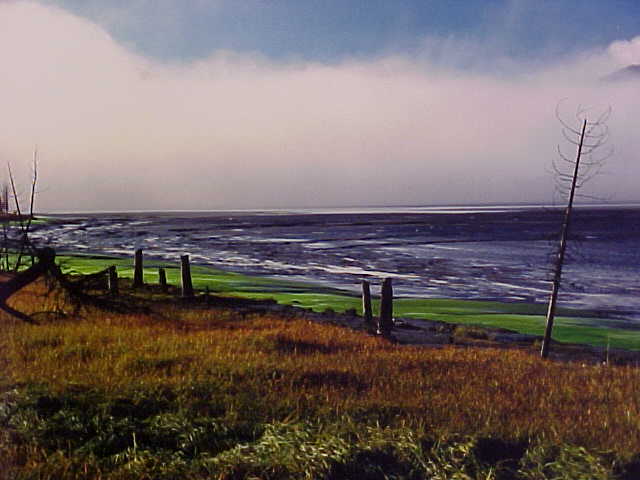
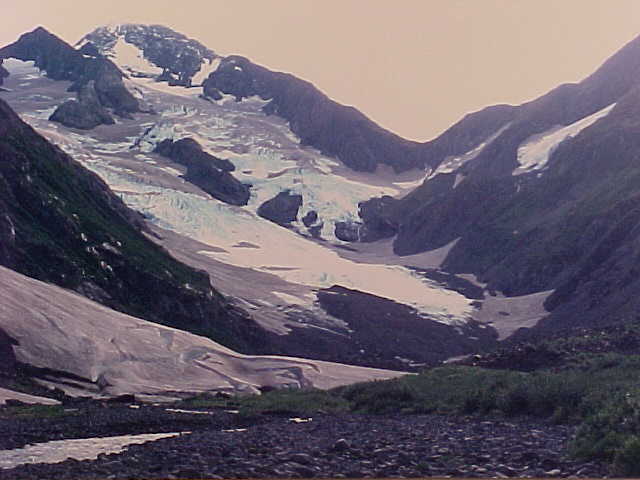
| land drops in 1964 quake (near Girdwood) |
| Mt Spurr ash covers ice (Byron Valley) |

 ©2001 Curvin Metzler
©2001 Curvin Metzler





